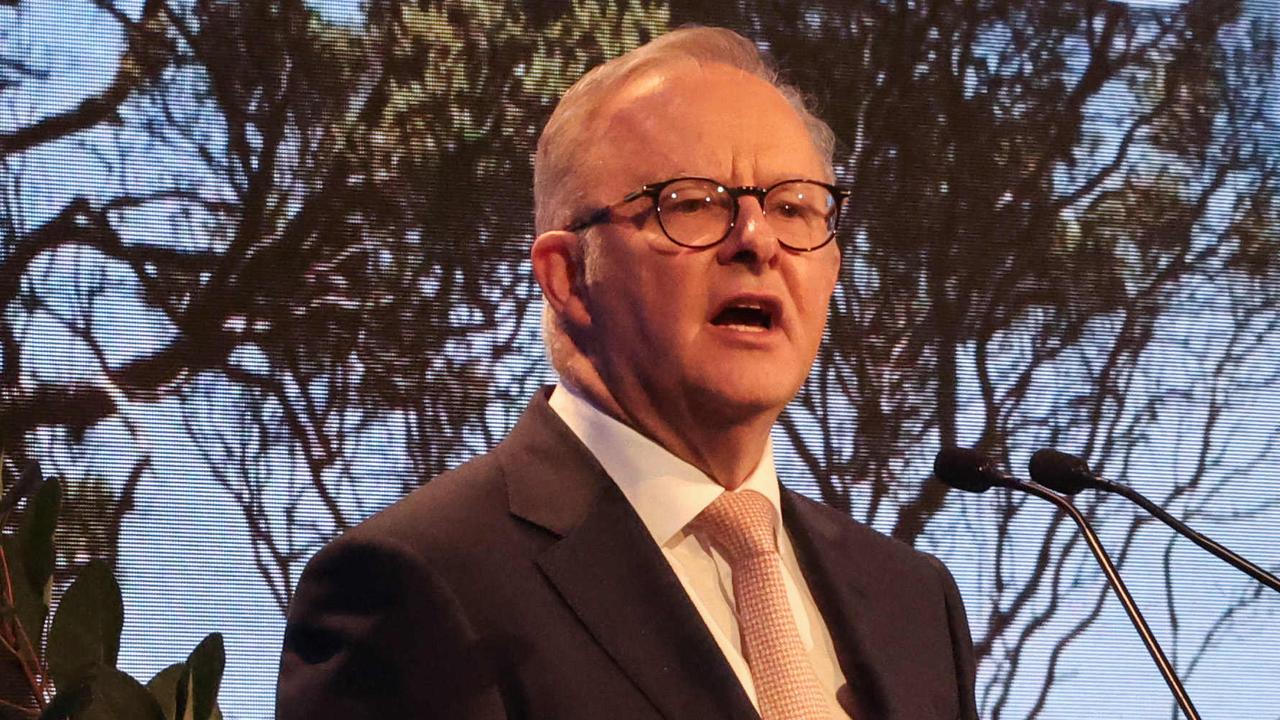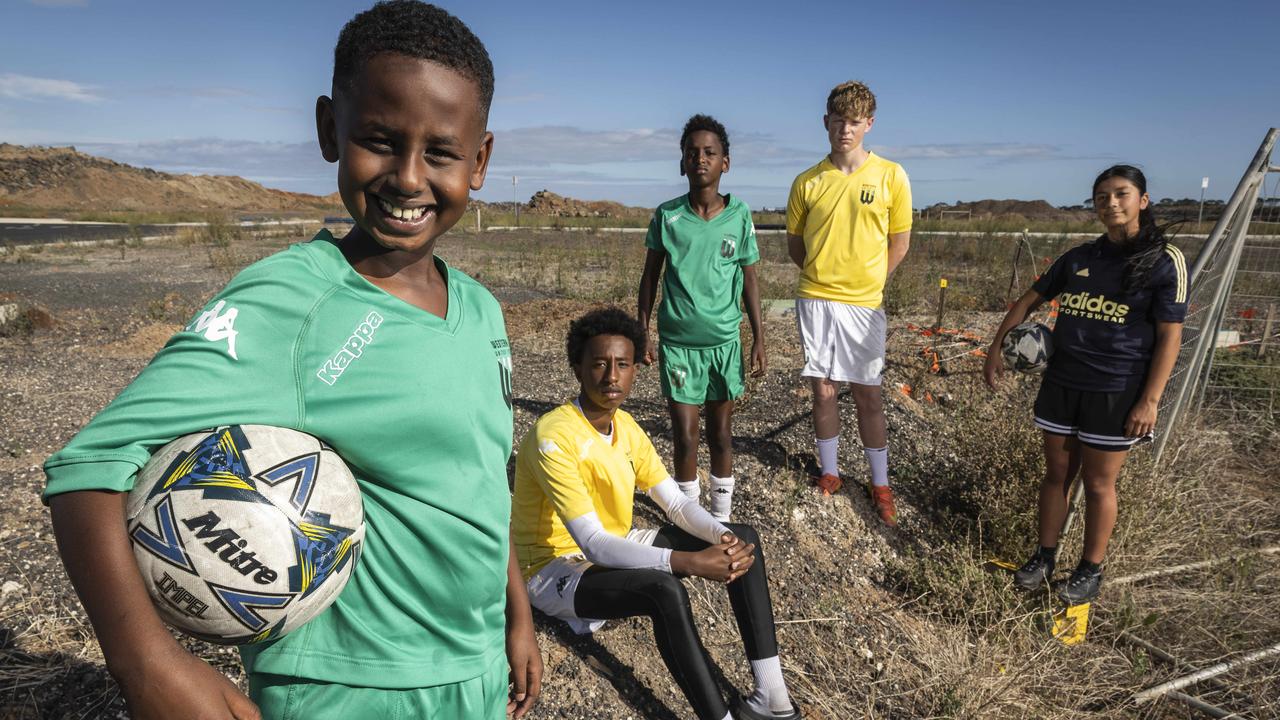How the 2026 Commonwealth Games will fast track infrastructure and showcase Victoria’s regions
Geelong, Ballarat, Bendigo, Gippsland and Shepparton will be showcased to the world when they host the 2026 Commonwealth Games.
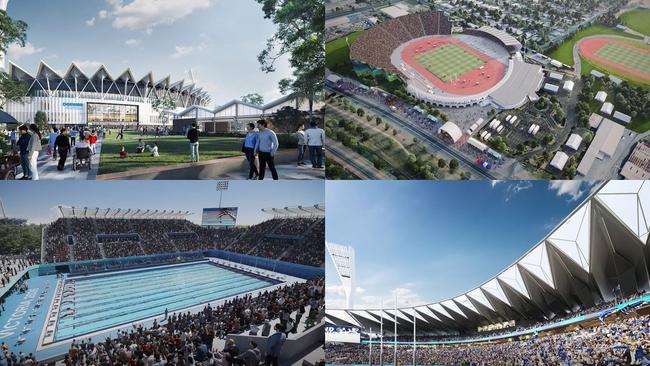
Future Victoria
Don't miss out on the headlines from Future Victoria. Followed categories will be added to My News.
A regional Commonwealth Games roadshow is expected to fast track infrastructure and shine a light on some of Victoria’s best country communities.
Commonwealth Games 2026 is set to bring Geelong, Ballarat, Bendigo, Gippsland and Shepparton to life, with festivals and live sites to accompany a celebration of world class sport.
The Games are also expected to leave a legacy for regional Victoria, boosting local economies and revamping or creating new stadiums, sports facilities, transport, accommodation and cultural attractions.
The state government believes the first regional Commonwealth Games will deliver a $3 billion free kick to Victoria’s economy.
It also predicts the Games will create more than 600 full-time equivalent jobs before they start, 3,900 jobs while they are on and a further 3,000 after the closing ceremony.
Commonwealth Games Minister Jacinta Allan said the impact would be long lasting.
“Tens of thousands of people will visit regional Victoria for the 2026 Commonwealth Games,
showcasing our beautiful state and building an economic legacy,’’ she said.
“We’re investing in the world-class housing and sporting infrastructure that will benefit not only Games delivery but the local community for years to come.”
Geelong, Bendigo, Ballarat, Gippsland and Shepparton will host 20 sports
and nine Para sports, with athlete’s villages to be built in key areas close to the action.
Notable infrastructure commitments include a $150 million upgrade of Ballarat’s Eureka Stadium, including 5000 new permanent and 1800 temporary seats.
More than $290 million will be spent on new sporting facilities in Waurn Ponds and Armstrong Creek, near Geelong, that will be converted into long-term community infrastructure.
Many of the Victorian Games villages for athletes will be designed to be turned into affordable and social housing once the event comes to an end.
In Bendigo, a Games village housing 1,600 athletes and officials will be built
at Flora Hill.
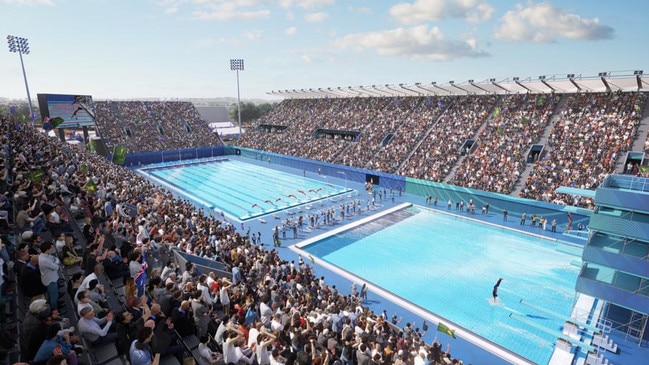
A Games village will be built at Ballarat Saleyards, housing about 1,800 athletes and officials.
Another athletes village will be built at Waurn Ponds, for 2500 athletes and officials.
A new aquatics centre in Armstrong Creek will host swimmers, para swimmers and divers.
And a Games village for 1,000 athletes and officials will be located in Morwell, for those competing in Gippsland.
Regional cities hosting the Games will also welcome major festivals, experiences and exhibitions alongside the sports program to tap into regional Victoria’s vibrant cultural
scene.
A host of lead in events will bring the Games to more towns and cities across Victoria, including squad selection events, qualification tournaments and training camps, allowing athletes to settle in Victoria and enjoy their experience.
Beyond the playing field, the 2026 Commonwealth Games will feature a program of cultural
experiences that embrace Victoria’s tourism, arts and visitor economy sectors.
The Geelong region will be one of the big winners, hosting no less than nine sports as well as the closing ceremony at Kardinia Park.
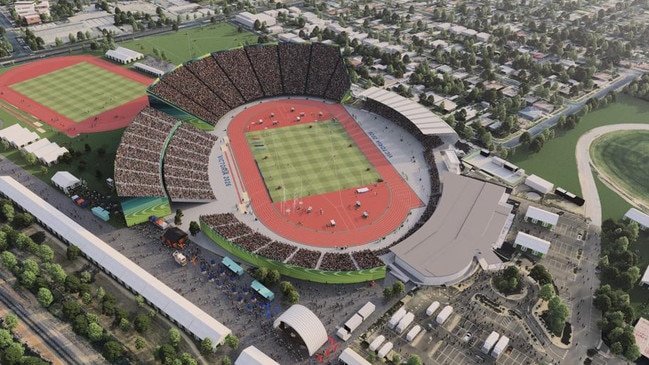
A new artistic gymnastics and weightlifting venue will also be constructed in Waurn Ponds.
A recent report by PricewaterhouseCoopers found major events could “catalyse urban
and regional regeneration and transformation’’.
The “Game on: Delivering sustained infrastructure outcomes through major sports and cultural events’’ study found they could “create or enhance venues, transport, housing and precincts that will deliver benefits to communities for generations’’.
The report analysed recent Commonwealth Games and the importance of getting venues, transport, housing and precincts right in the lead-up to major international events.
PwC national integrated infrastructure partner Adrian Box said hosting the Commonwealth Games could accelerate or enhance capital investment in infrastructure projects that achieve wider objectives and enduring benefits.
“This year’s Birmingham Games saw £778 million of public investment accelerate development of world-class venues, 5000 new homes, and major upgrades to transport infrastructure that will leave lasting benefits for the city and the region,’’ he said.
He said new stadiums should be designed for year-round community use, rather than just for events 40 or 50 times a year.
And they should be designed to be used by communities and tourists every day of the year.
The report found Melbourne’s investments for the 2006 Commonwealth Games included $39 million for upgrading public transport and infrastructure around stadiums.
It resulted in improved pedestrian access to the MCG and better facilities at Jolimont Station. It also invested $52 million in business, community
and environment programs with legacy benefits.
The Gold Coast 2018 Games saw $260 million spent improving the airport, $366 million
for the extension of the Gold Coast light rail and $146 million on acceleration of major road upgrades.




